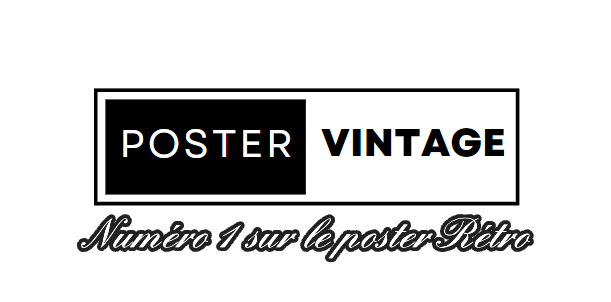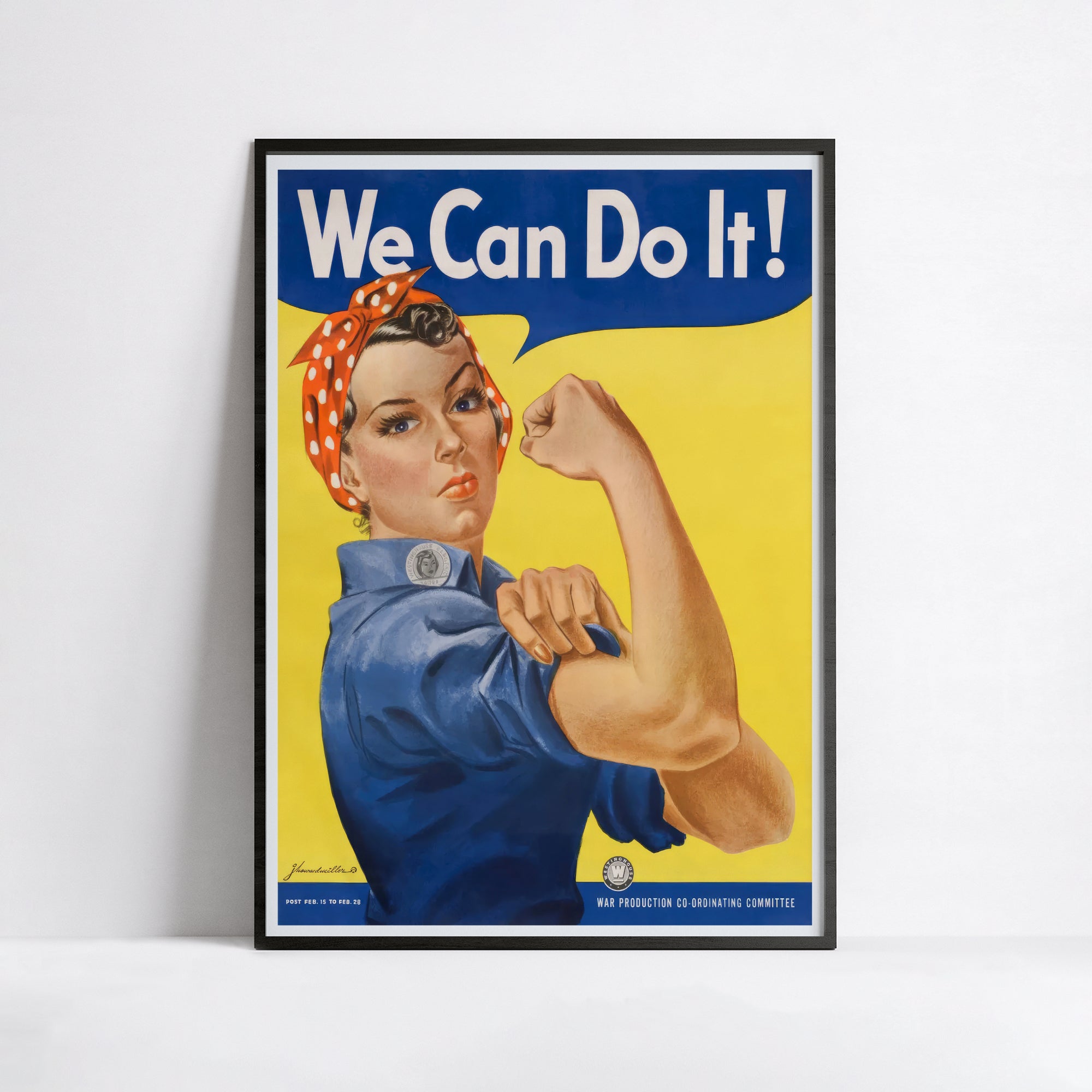
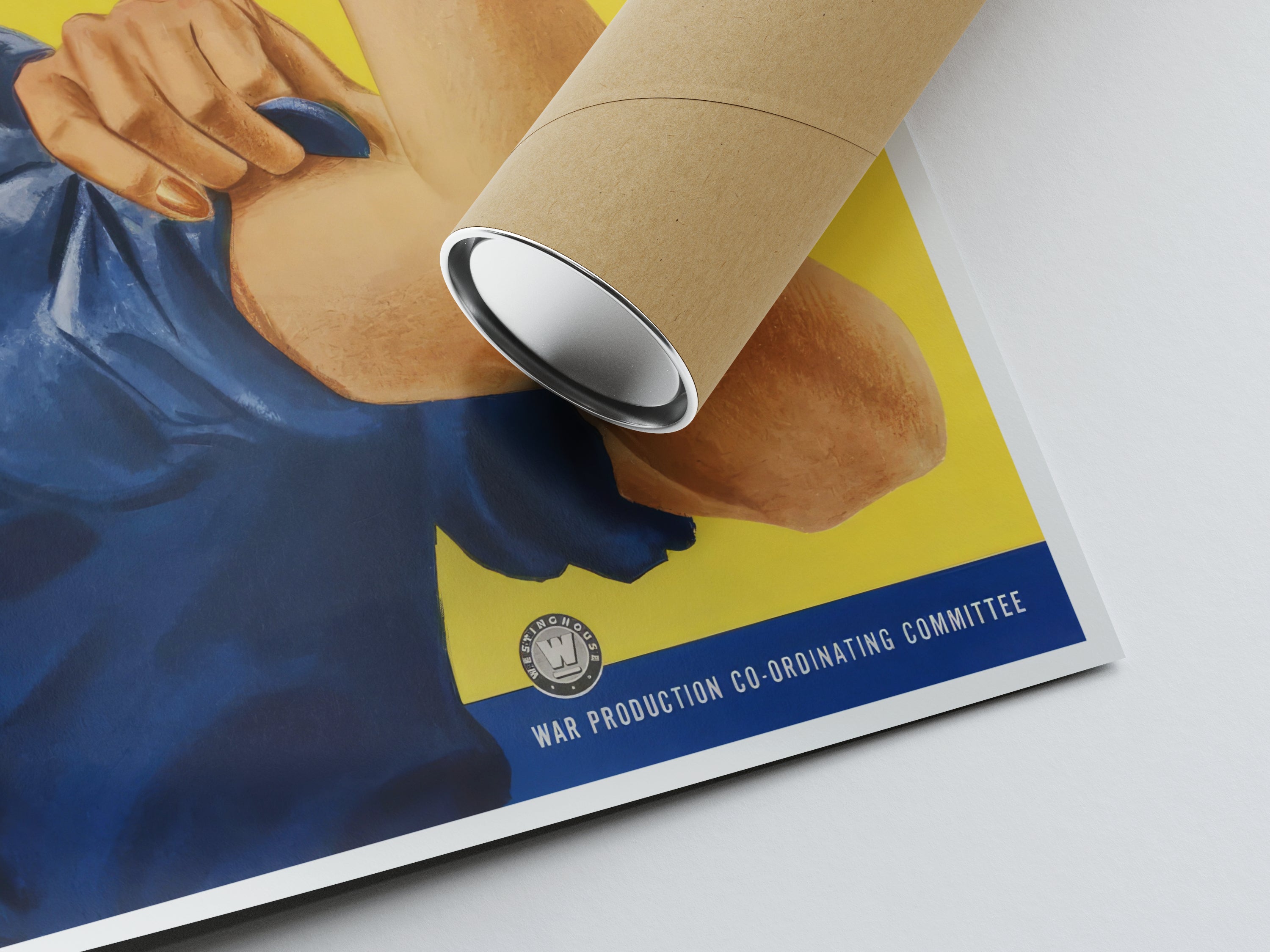
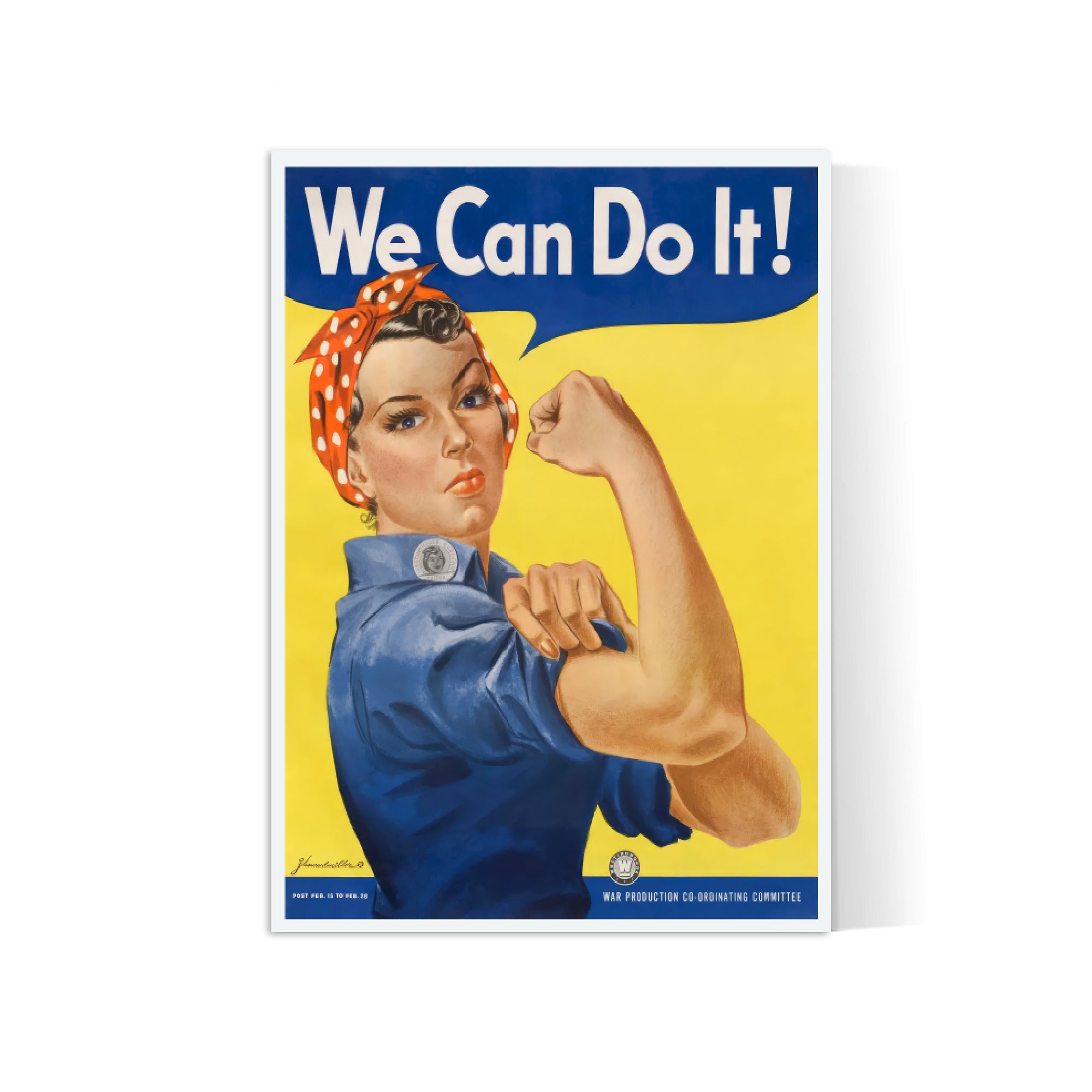
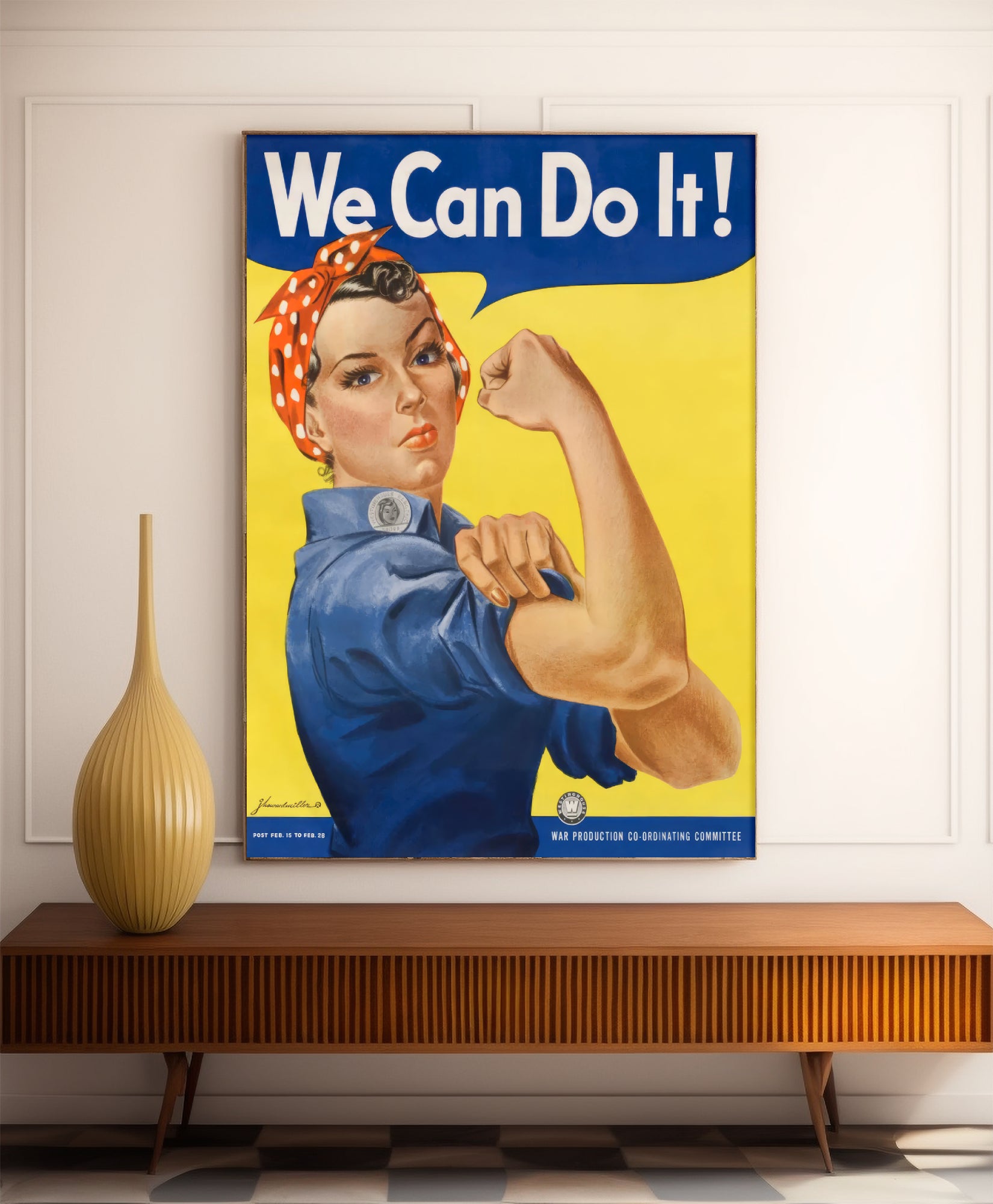
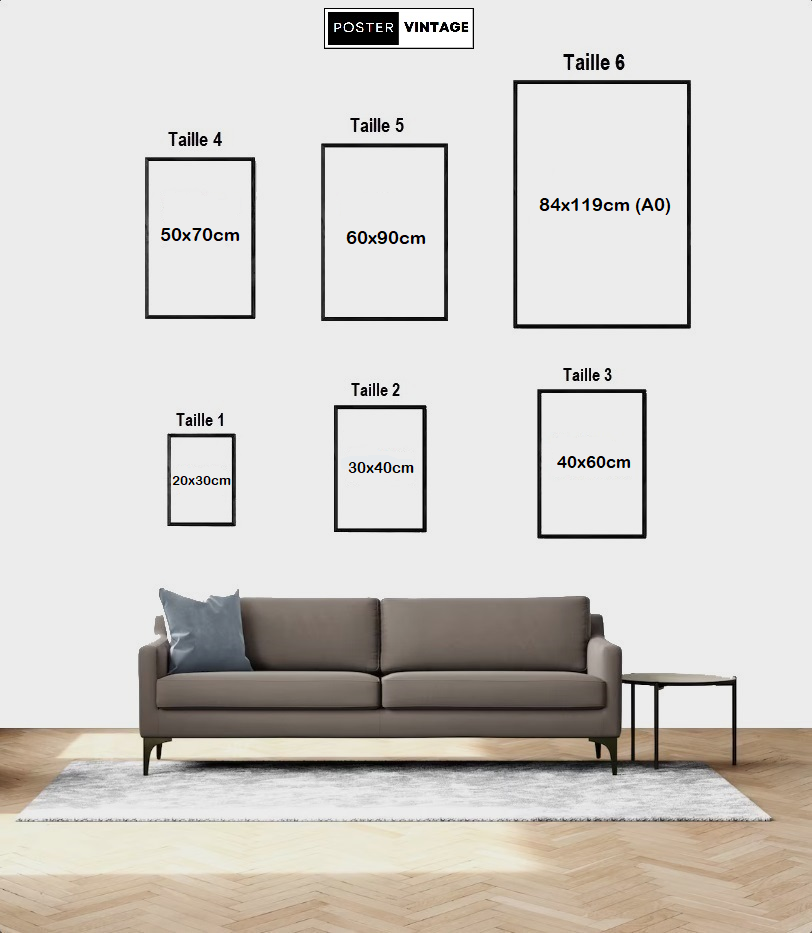
"We Can do it" propaganda poster - High Definition - 230gr/m² matte paper
- High Definition digital file (300 dpi).
- High quality paper (>230g/m²).
- 3mm overhang on the poster for an elegant look.
- 24/48 hour shipping - perfectly packaged and protected.
- Frame not included (optional).
A high definition reproduction of the "We Can do it" propaganda poster by American artist John Howard Miller.
This poster signed Miller is famous all over the world. It is an emblematic symbol of mobilization during World War II in the United States. Created in 1943 by artist J. Howard Miller , this poster featured the image of a working-class woman, often associated with the character Rosie the Riveter, sporting a rolled-up sleeve and the slogan " We Can Do It!" » in bold letters. It aimed to encourage women to contribute to the war effort by working in factories, replacing men who had gone to the front. The poster has become emblematic of the feminist movement and the emancipation of women in the world of work.
This "We can do it" poster is printed in 300 dpi high definition quality on high-end paper >230g/m2 - Frame Not Included (optional).
Quality Vintage Poster
Poster Vintage is a French company specializing in medium and large format prints (up to 84x110cm) in high definition .
All poster sizes are printed at 300 dpi to offer you impeccable quality .
Delivery Vintage Poster
Free Delivery : we are happy to offer you delivery from 59€ of order .
All posters are packaged with the greatest care and shipped as quickly as possible.

This product has no reviews yet.
They marked their era...
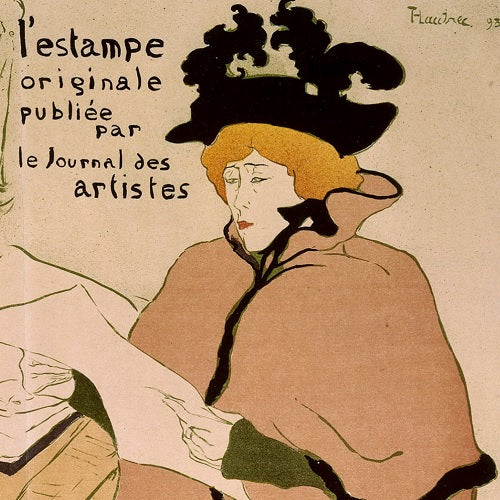
Vintage Poster: A Journey into the History of Art and Design
Vintage posters are much more than just wall decorations. They embody the history, art and design of a bygone era. These unique pieces take art lovers and aesthetic enthusiasts on a journey throug...
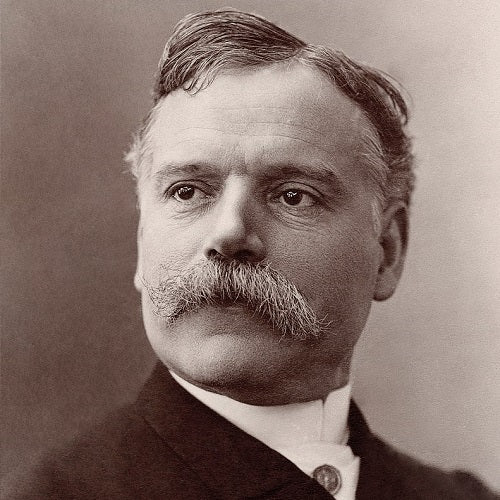
Jules Cheret: the father of the French advertising poster
The beginnings of Jules Cheret Jules Cheret (1836-1932) , son of a typographer, after studying the industrial processes of typography in London, he created his first poster in 1858 for the show...
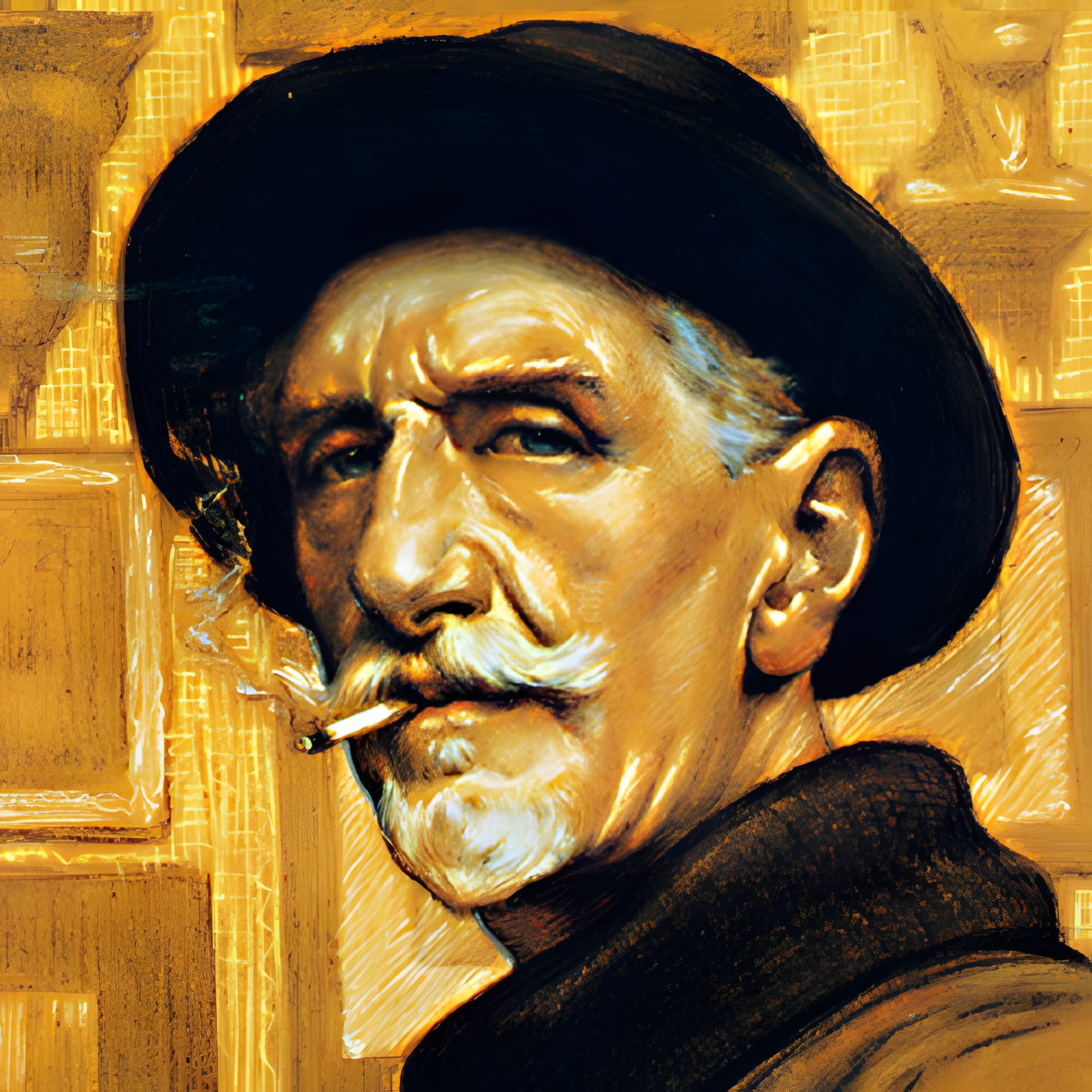
Born in Paris in 1861, his style was first influenced by Cheret before developing his own style tinged with humor and caricatures.
